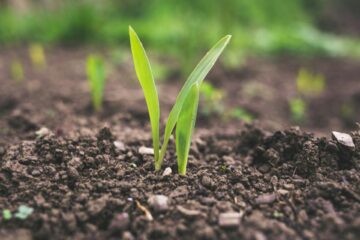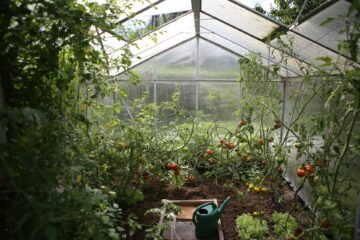Welcome, fellow gardening enthusiasts! Today, we embark on an exciting journey to create a wildlife-friendly garden that not only showcases the beauty of nature but also provides a nurturing habitat for our furry friends. By following a few simple steps, you can transform your garden into a haven for birds, butterflies, bees, and other fascinating creatures. Let’s explore the wonderful world of wildlife gardening together!
- Embrace Native Plants: Native plants are the backbone of a wildlife-friendly garden. They are well-adapted to the local ecosystem and provide food, shelter, and nesting sites for native wildlife. Research which plants are indigenous to your area and incorporate them into your garden. From colorful wildflowers to shrubs and trees, native plants will attract a variety of creatures to your outdoor sanctuary.
- Create a Water Oasis: Just like us, wildlife needs water to survive. Adding a water feature, such as a bird bath, a small pond, or even a shallow dish with fresh water, will attract thirsty visitors. Ensure the water source is easily accessible and replenish it regularly to maintain its allure. The sight and sound of water will entice birds, butterflies, and other critters to linger in your garden.
- Provide Shelter and Nesting Sites: Wildlife seeks shelter for protection, breeding, and raising their young. Incorporate elements such as birdhouses, bat boxes, or butterfly houses and bug hotels to provide safe havens. Consider leaving dead trees or fallen logs as natural habitats. Rock piles, leaf piles, and dense shrubs also offer cozy spots for creatures to take cover and nest.
- Include Flowering Plants: Flowering plants not only beautify your garden but also attract pollinators like bees and butterflies. Choose a variety of flowering plants that bloom at different times throughout the year to provide a continuous food source. Opt for plants with nectar-rich flowers, such as lavender, coneflowers, and salvia, to entice these delightful visitors.
- Say No to Chemicals: Maintaining a wildlife-friendly garden means minimizing or eliminating the use of harmful chemicals. Pesticides, herbicides, and synthetic fertilizers can be detrimental to wildlife and disrupt the delicate balance of the ecosystem. Instead, embrace organic gardening methods, companion planting, and natural pest control alternatives to keep your garden healthy and safe for both plants and animals.
- Provide Food Sources: Diverse food sources will attract a wider range of wildlife. Incorporate plants that produce berries, seeds, or fruits to provide a natural food supply. Consider adding a bird feeder with appropriate bird feed to attract a variety of feathered friends. In time, you’ll witness a flurry of activity as birds, squirrels, and other animals feast on the bounties of your garden.
- Create Mini-Habitats: To cater to specific wildlife, create mini-habitats within your garden. Add a rock pile for reptiles, a shallow dish for butterflies to drink from, or a small log pile for insects. By incorporating various micro-habitats, you’ll attract a diverse range of creatures, transforming your garden into a thriving ecosystem.
Congratulations on your journey towards creating a wildlife-friendly garden! By following these simple steps, you have embraced the joy of inviting nature into your outdoor space. Enjoy the melodious songs of birds, the gentle flutter of butterflies, and the buzzing of bees as they make your garden their home. Together, let’s make a positive impact on the environment and revel in the beauty of a garden teeming with life. Happy gardening!
Keep on top of your gardening with our free online journal
Our free online tool allows you to organise your ideas and garden plans and help you be as efficient as possible in the garden.
Sign up now

